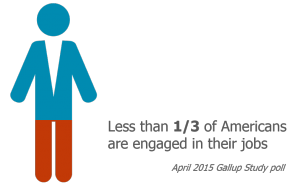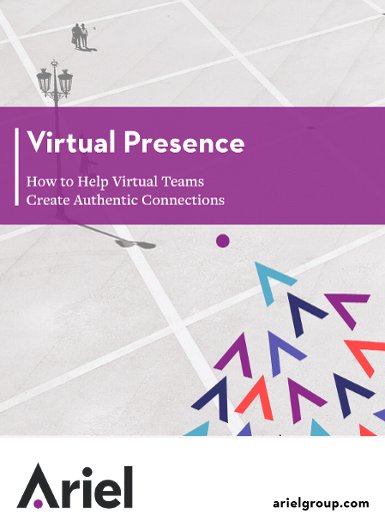Inspire, Motivate, Engage – While Doing More with Less

Assuming you’re committed to your company, what’s the magic glue that can help you inspire, motivate and engage people – while doing more with less? Start by not using the expression “do more with less” – to anyone, ever.
This week I met with a middle manager at a mid-sized high-tech firm for an executive coaching session. Before we even got through the briefest of greetings, he blurted out:
“I’m really frustrated. We’re growing fast and our workload has increased exponentially. When I talked to my boss about it, he said: ‘I’m sorry, I can’t give you any more resources. You’ve just got to motivate and inspire your employees to do more with less.’ Argggggh!”
I know Simon is not alone in this dilemma. Have you experienced it, as well?
For some, this might be the second—or third or fourth—time you’ve been tasked with getting more out of the same team. You’re probably weary of doing it again. Assuming you’re committed to your company, what’s the magic glue that can help you inspire, motivate and engage people – while doing more with less?
Start by not using the expression “do more with less” – to anyone, ever.
That’s my first bit of advice. Just don’t. As soon as those words come out of your mouth, employees hear budget cuts, reductions in force, perks going away, no merit bonuses, working even harder, etc. It’s very hard to inspire and engage people who have already hit this level of despair.
Instead, think to yourself, “What are the things I can do to motivate, inspire, and engage my team that don’t have a big price tag attached?” Here are a few ideas (and I’d love to hear yours in the comments):
Ask your employees what motivates them (individually).
Invest your time in this way for great pay-off. Don’t assume that you know what motivates someone on your team (it’s not always money) unless you really find out. Some like public acknowledgment, some like private recognition. Some like access to senior leaders or working on a high-visibility cross-functional project. Some place a high premium on learning new skills or the diversity of experiences. Some will go the distance for you just to be able to have flexible work hours or to work part of the week from home. Some may want an experience working in a foreign country; some may not. Someone may get a boost of morale—and therefore, engagement—by working with a mentor. What motivates Juan may not motivate Jane and vice versa. Find out.
Be relentless in giving informal learning and development opportunities.
The great majority of men and women like learning new things, being challenged in new situations, and developing a broader and deeper skill set. You may not have the budget for formal courses or workshops but informal learning and development opportunities such as thoughtful stretch assignments can be an important tool to engage your team and help create an environment of self-motivation. Just make sure this is truly done with the goal of development in mind (versus offloading a project that no one else wants).
Acknowledge, appreciate, and recognize that which is well done.
Forget the no-content “nice job” and go for the specifics of what you see your employees doing that’s good, better, best. In what ways are they contributing to the goals of your team? What has improved over last time? What is someone actively “working on,” based on feedback or self-awareness? Frequently saying “thank you for (specific contribution)” is a simple and powerful way to make your employees feel seen and appreciated.
Be inspired, motivated, and engaged yourself.
Really. An April 2015 Gallup study (in the Harvard Business Review) says that less than a third of Americans are engaged in their jobs. The report states, “The majority of employees are indifferent, sleepwalking through their workday without regard for their performance or their organization’s performance.”
That’s not so great. However (a little drum roll for hope), a truly great manager can account for “as much as 70 percent of the variance in employee engagement scores.” A manager’s engagement has an impact on his/her employees’ engagement. It makes sense, yes? Gallup calls this “the cascade effect.” Employees who are supervised by highly engaged managers are 59% more likely to be engaged than those supervised by actively disengaged managers.
So, that may be a topic for another blog (“How Can I Turn Up the Volume on My Own Engagement?”), but for now, think about your own engagement—and what emotions and viewpoints you might be cascading down.
